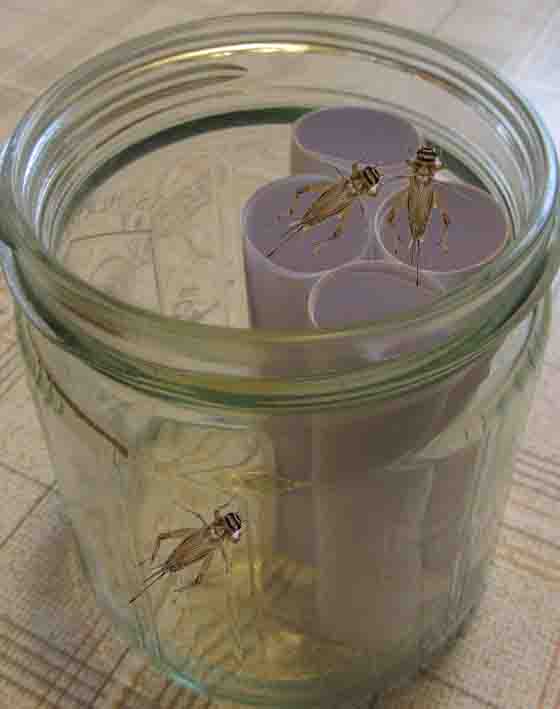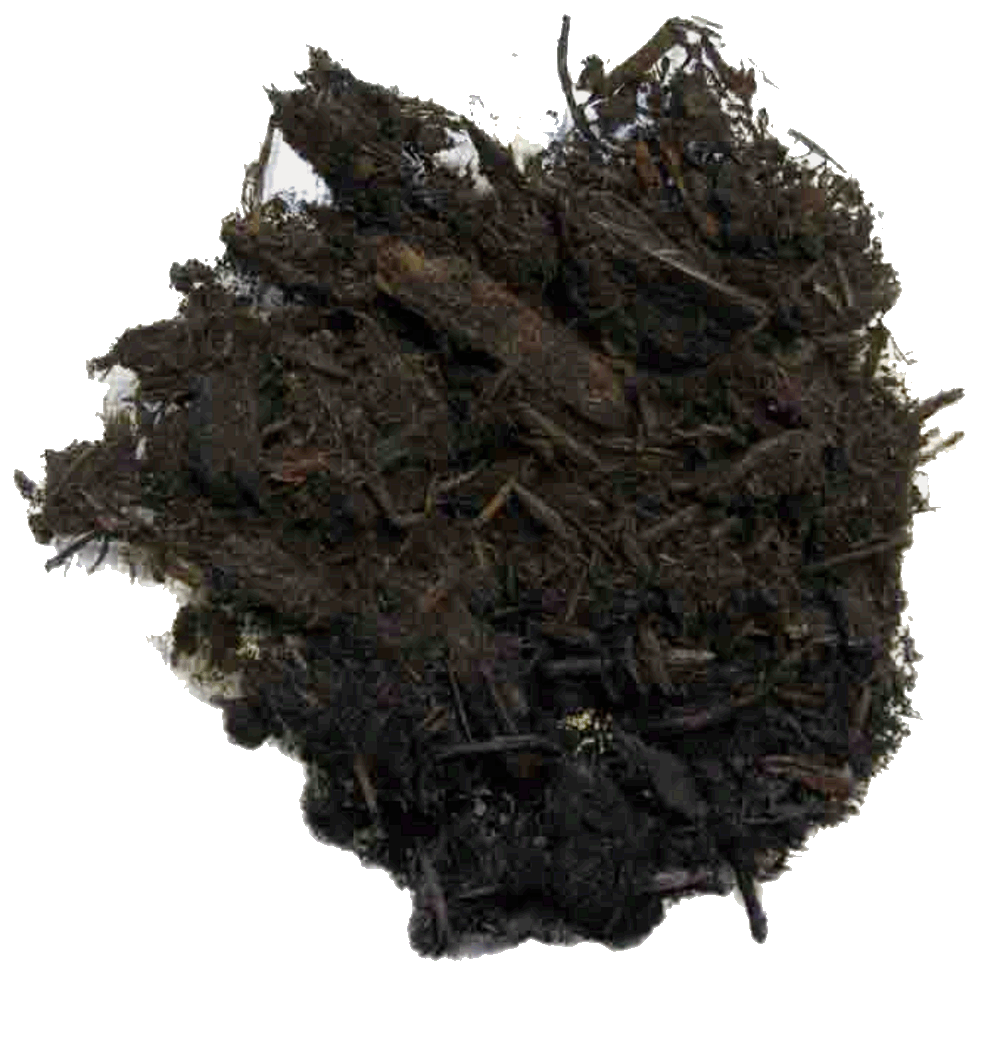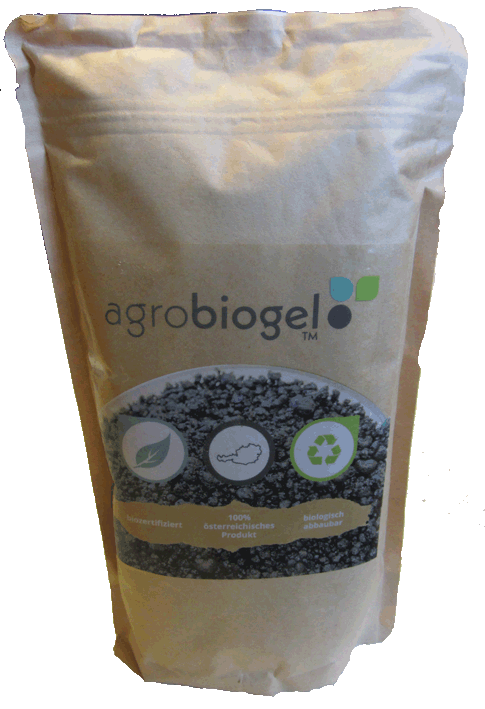A few years ago, I read the following story: A young scientist was researching with crickets. For collaborative work, he moved in with a Canadian colleague for a while and brought his animals along. However, after three weeks, all the crickets he had brought from Europe suddenly died.
The reason found after a difficult search: He used paper rolls for the cricket habitats just like at home. However, the Canadian paper contains a toxic substance that comes from Canadian coniferous trees and kills European crickets.
This episode highlights the importance of knowing the source of wood and wood products. Both Canadian and tropical woods can contain substances that are toxic to Central European animals and plants. The bark and wood of some native European trees also have compounds to repel pests (e.g., tannic acid). In a gardening group on Mastodon, a woman shared that she had to dispose of all her tomato plants with fruit: she had mulched with clippings from the (toxic) cherry laurel and became ill after eating the tomatoes.
On the other hand, in some exceptional cases, the toxic effects can be beneficial: using privet clippings around fruit trees can prevent some pests from climbing.
Wood
garden fiber

Cricket glas with paper rolls
Another soil additive developped in Austria and derived from wood is "Agrobiogel," a pudding-like substance made from lignin. It is purchased as a dry granule and mixed with water. It enhances the soil's water retention but decomposes into humus over a few years (unlike synthetic gels based on plastics).
In my experience, due to its cost, it is only suitable for specific uses. I use it for pot and container plants that require constant moisture, such as camellias and myrtles. Additionally, I mix it as a rooting aid in planting holes for berry bushes; after the initial watering, they manage on their own and develop deep roots quickly, which is not the case with continued surface watering.

